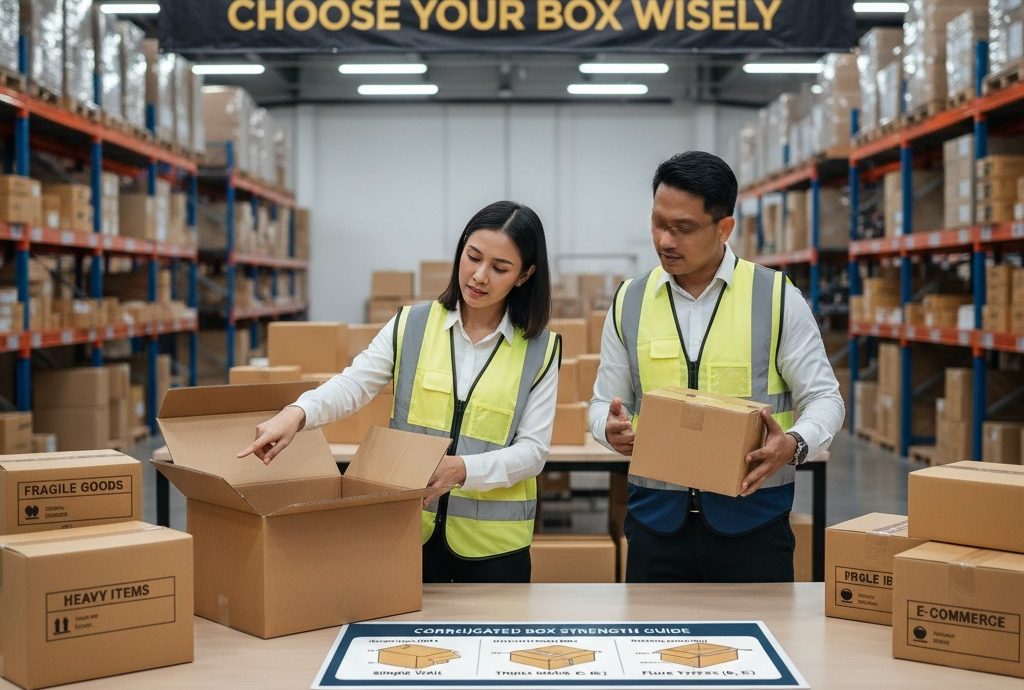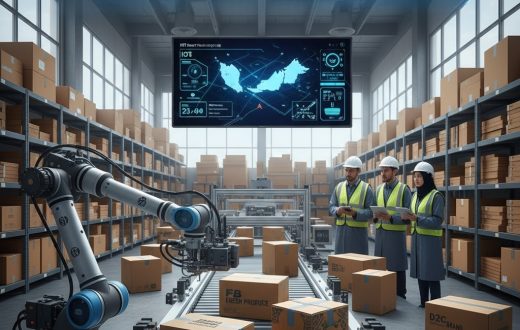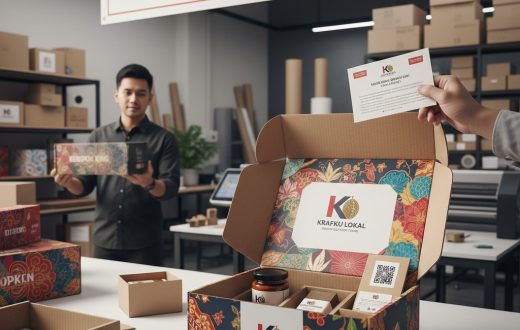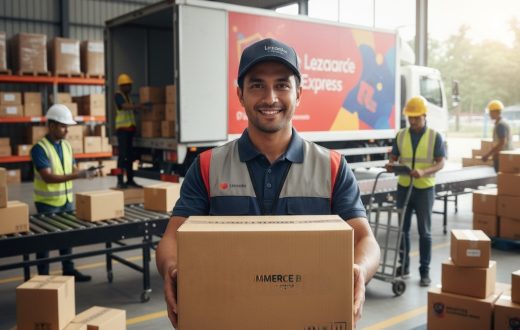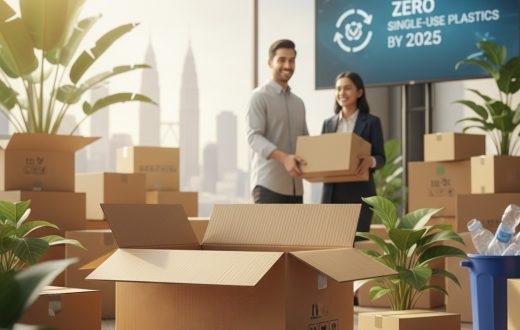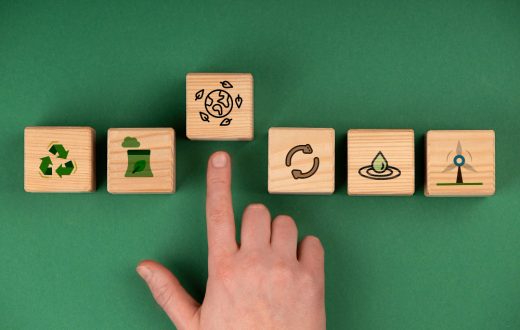In Malaysia’s competitive market, whether you’re shipping delicate electronics, heavy machinery parts, or fresh produce, the integrity of your product upon arrival is paramount. A damaged shipment not only incurs replacement costs but also harms your brand’s reputation.
Choosing the right corrugated box isn’t a trivial decision; it’s a strategic one that impacts product safety, shipping efficiency, and ultimately, your bottom line. This guide will equip Malaysian businesses with the knowledge to make informed decisions about their corrugated packaging.
Understanding the Anatomy of a Corrugated Box
Before diving into types, let’s quickly review what makes a corrugated box:
- Linerboard: The flat paper material that forms the outer and inner surfaces of the box.
- Medium (Fluting): The wavy, corrugated paper sandwiched between the linerboards. This is the heart of the box’s strength, providing cushioning and resistance to crushing.
The combination of these elements, especially the type of fluting and the number of walls, determines the box’s overall strength and performance.
Fluting Types: The Secret to Strength and Cushioning
Different flute sizes offer varying levels of strength, cushioning, and printability:
- A-Flute: The largest flute. Offers excellent cushioning, good for fragile items. Less common today due to newer innovations.
- B-Flute: A finer flute. Provides good crushing resistance, puncture resistance, and a relatively smooth surface for printing. Ideal for canned goods, retail displays, and general items.
- C-Flute: The most common flute type. Offers good cushioning, stacking strength, and printability. A versatile choice for many general packaging needs.
- E-Flute: A very fine flute. Offers superior crush resistance and a very smooth printing surface. Often used for retail packaging, mailer boxes, and cosmetic boxes where aesthetics are important.
- F-Flute: The finest flute. Used for small cartons, consumer goods, and fast-food packaging. Excellent for printing and minimal space.
Tip for Malaysia: C-flute is a great all-rounder for general shipping, while B-flute is excellent for heavier items or those needing more puncture resistance. For attractive retail packaging, consider E-flute.
Wall Construction: Single, Double, or Triple?
This is where the real difference in strength comes into play:
a) Single Wall Corrugated Boxes
- Construction: One layer of fluting sandwiched between two linerboards.
Ideal for:
- Light to moderately heavy items.
- Products that don’t require extreme protection from impact or stacking pressure.
- General e-commerce shipments (clothing, books, non-fragile goods).
- Local deliveries within Malaysia where transit is less rigorous.
Pros: Cost-effective, lightweight, easy to handle and store.
Cons: Limited stacking strength, less protection for very fragile or heavy items.
Double Wall Corrugated Boxes
- Construction: Two layers of fluting and three linerboards. Often uses two different flute types (e.g., BC flute for optimal balance).
- Ideal for:
- Heavier products (appliances, machinery parts, multiple items).
- Fragile items requiring extra protection (glassware, electronics).
- Shipments that endure rough handling or long-distance travel, particularly across Malaysia.
- When stacking strength is critical in warehousing or transit.
Pros: Significantly stronger, better cushioning, superior stacking strength, increased puncture resistance.
Cons: Heavier, more expensive than single-wall.
Triple Wall Corrugated Boxes
Construction: Three layers of fluting and four linerboards.
Ideal for:
- Extremely heavy industrial components.
- Export packaging for very long international shipments.
- When replacing wooden crates with a lighter, equally strong alternative.
Pros: Maximum strength, highest stacking capability, extreme durability.
Cons: Bulky, heaviest, most expensive.
Key Considerations When Choosing Your Box
- Product Weight & Fragility: This is the primary factor. Heavy or fragile items demand double or triple-wall.
- Shipping Method & Distance: Courier service, sea freight, air cargo? Long-distance or rough handling requires more robust protection.
- Stacking Requirements: Will boxes be stacked high in a warehouse or delivery truck? If so, prioritize stacking strength.
- Environmental Factors: Will the box be exposed to high humidity (common in Malaysia) or extreme temperatures? Consider water-resistant coatings if needed.
- Budget: Balance protection with cost. Don’t over-package light items, but don’t under-package fragile ones to save a few cents.
- Customization: Do you need custom dimensions or printing? Most manufacturers can accommodate.
Make the Right Choice for Your Malaysian Business
Don’t let packaging be an afterthought. By understanding the different types of corrugated boxes and aligning them with your product’s specific needs and shipping conditions in Malaysia, you can significantly reduce damage, enhance customer satisfaction, and optimize your operational costs. Consult with a reputable Malaysian corrugated box supplier to find the perfect packaging solution for your business.


